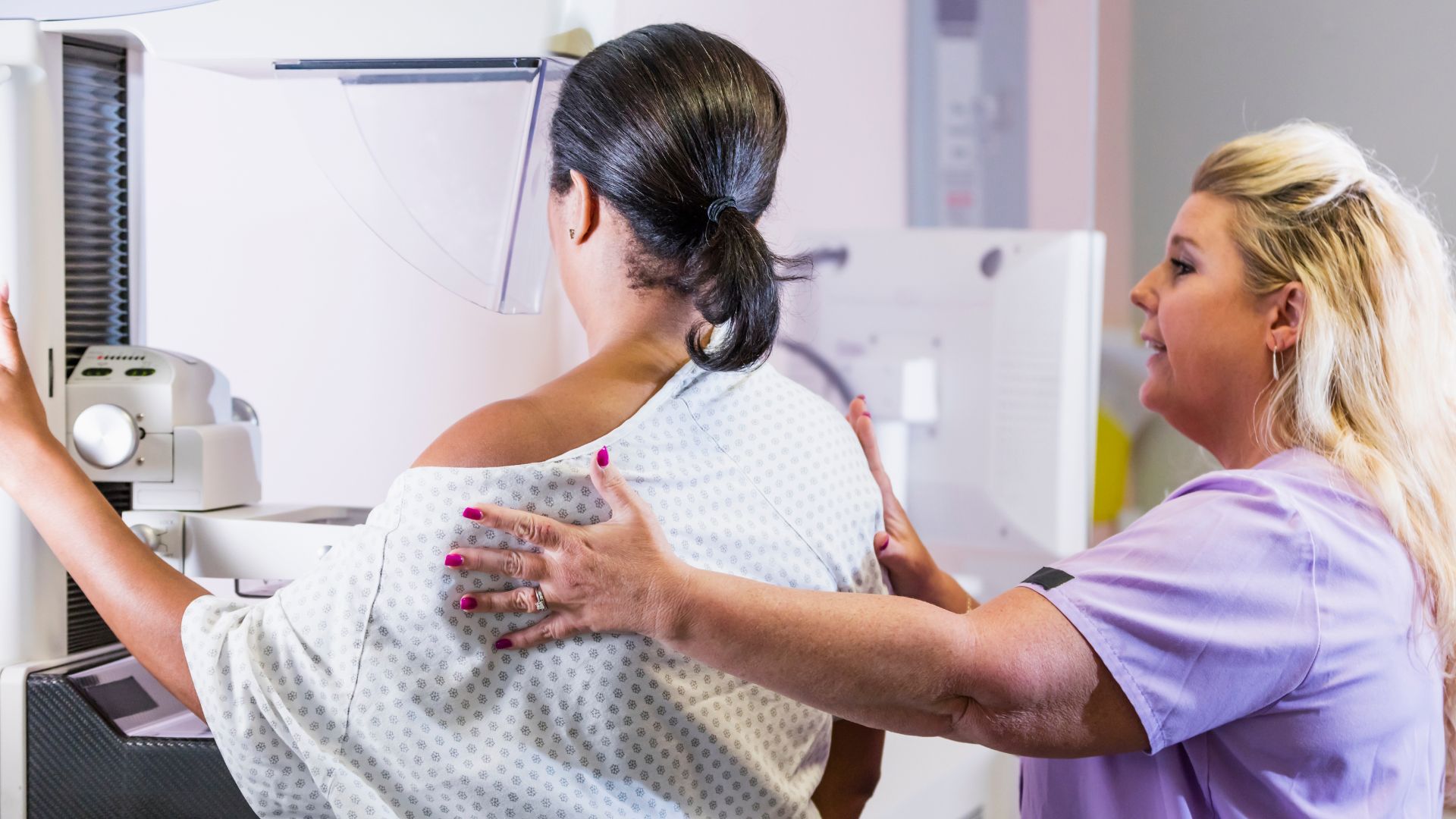
Female patients should start getting mammograms to screen for breast cancer at age 40 and then get one every other year, a U.S. panel of experts has recommended. Previously, the same panel advised that regular breast cancer screening should begin at age 50.
This new guidance was announced Tuesday (May 9) in a draft recommendation statement issued by the U.S. Preventive Services Task Force (USPSTF). The task force receives support from the U.S. Department of Health and Human Services, but it operates independently and is staffed by volunteer experts in primary care and prevention.
In previous guidance, issued in 2016, the task force recommended biennial breast cancer screenings for female patients ages 50 to 74 years old. Starting screening at younger ages, between 40 and 49 years old, was framed as an individual decision.
"New and more inclusive science about breast cancer in people younger than 50 has enabled us to expand our prior recommendation and encourage all women to get screened every other year starting at age 40," Dr. Carol Mangione, the Task Force's immediate past chair, said in the draft statement. The updated guidance also reflects improvements in digital mammography and in breast cancer treatment, which together have increased the benefits of getting mammograms earlier in life, Reuters reported.
Related: Hormonal birth control slightly increases breast cancer risk, regardless of type
"This new recommendation will help save lives and prevent more women from dying due to breast cancer," Mangione said. (In its statement, the task force specified that it's using the term "women" to refer to cisgender women and other people assigned female at birth.)
If all those eligible got the recommended screening, breast cancer mortality rates in the U.S. could drop by 19%, the USPSTF statement says.
This general guidance applies to women at average risk for breast cancer, the statement says. It does not apply to people at high risk of the disease, such as those with a past history of breast cancer, those who carry certain genetic markers or those with a history of high-dose radiation therapy to their chest at a young age. Those individuals should consult a doctor about when to begin getting mammograms.
In the future, the task force hopes to issue recommendations tailored for specific racial groups, who face different levels of risk of early death from breast cancer, and for people with dense breast tissue, whose cancer may be difficult to detect on mammograms. The task force called for more research on both of these fronts.
A recent study suggested that Black patients should start undergoing mammograms at age 42, instead of 50, because their risk of breast cancer death in their 40s is higher than that seen in other racial groups.
"Ensuring Black women start screening at age 40 is an important first step, yet it is not enough to improve the health inequities we face related to breast cancer," Dr. Wanda Nicholson, the task force vice chair, said in the statement. "In our draft recommendation, we underscore the importance of equitable followup after screening and timely and effective treatment of breast cancer and are urgently calling for more research on how to improve the health of Black women."
The task force is also calling for research on whether and how additional screening — with ultrasound or MRIs, for example — might help patients with dense breasts get diagnosed earlier.
The potential risks of getting mammograms include false-positive results — meaning a person's test results suggest they have cancer when they don't — which can lead to unnecessary biopsies and incorrect diagnoses, according to the Centers for Disease Control and Prevention (CDC). In addition, because mammograms involve X-ray exposure, each screening exposes patients to a small dose of ionizing radiation.
"We all are exposed to ionizing radiation every day from the natural environment, but additional exposures can lead to an increase in the possibility of developing cancer later in life," the CDC states. The average dose of radiation used in a typical mammogram with two views of each breast is about 0.4 millisieverts (mSv); for context, U.S. citizens are exposed to about 3.11 mSv of "background radiation" in the environment each year.
"The benefits of breast cancer screening far exceed the radiation risks," the International Atomic Energy Agency states.







